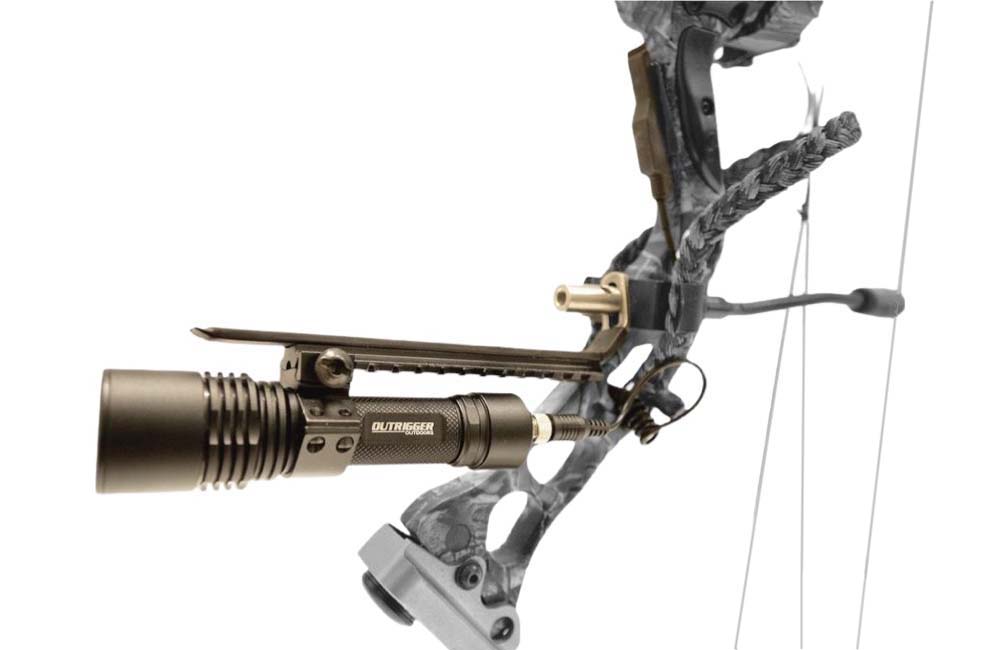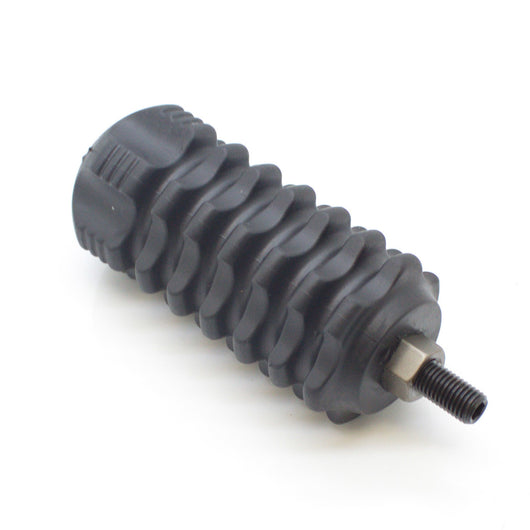The Ultimate Overview to Choosing the Right Archery Stabilizer for Improved Accuracy
Amongst the numerous devices available, an archery stabilizer plays a significant role in boosting precision. In this detailed guide, we will explore the key factors to take into consideration when picking an archery stabilizer for boosted accuracy. Whether you are an experienced archer looking to upgrade your tools or a newbie looking for assistance, join us on this journey as we untangle the keys to picking the perfect archery stabilizer.
Size: Discovering the Optimal Stabilizer Size
Identifying the perfect stabilizer size is important when selecting an archery stabilizer for ideal efficiency. A stabilizer that is too long can make the bow really feel top-heavy and hard to regulate, while a stabilizer that is too short might not provide enough stability and dampening of resonances.
A longer stabilizer, typically varying from 8 to 12 inches, can provide higher stability and decrease bow torque. This is especially advantageous for archers that fire with a high draw weight or those that have a tendency to torque the bow throughout the shot. The included length helps to disperse the weight equally and counterbalance any kind of torque or movement.
On the other hand, a much shorter stabilizer, generally between 4 to 7 inches, provides a lot more maneuverability and quicker action. It is preferred by archers that fire with a reduced draw weight or those who need more wheelchair, such as seekers or 3D shooters. The much shorter size enables easier motion via tight spaces and faster modifications.
Eventually, the ideal stabilizer size is an issue of personal preference and shooting style. It is advised to experiment with different lengths and observe the impacts on security and precision. Consulting with knowledgeable archers or specialists can additionally give beneficial understandings and referrals.
Weight: Identifying the Appropriate Stabilizer Weight
After thinking about the optimum stabilizer size, the next essential aspect to take into consideration when picking an archery stabilizer is figuring out the proper stabilizer weight - archery stabilizer. The weight of the stabilizer plays a crucial role in improving precision and security during the shot
The weight of the stabilizer impacts the balance and control of the bow. A larger stabilizer can offer boosted security and control, particularly for shooters with a tendency for inconsistent shots or unsteady hands. It aids to take in the vibrations and recoil created by the bow, lowering torque and decreasing the impact on the arrow's trip.
On the various other hand, a lighter stabilizer enables a quicker and more receptive bow. It can be useful for shooters that prioritize ability to move and rate over stability. Lighter stabilizers additionally minimize tiredness during lengthy shooting sessions or competitions.
To determine the proper stabilizer weight for your requirements, it is very important to consider your capturing style, physical strength, and bow arrangement. Explore various weights and observing the influence on your capturing efficiency is essential to locating the ideal equilibrium.
Eventually, the optimum stabilizer weight will differ for every specific archer. It is suggested to begin with a moderate weight and make changes based on individual preference and capturing outcomes. Keep in mind, the objective is to achieve a regulated and stable shot, while likewise keeping comfort and simplicity of use.
Products: Choosing the Right Products for Sturdiness and Efficiency
When picking an archery stabilizer, it is vital to very carefully think about the products used in its building and construction to ensure resilience and optimize efficiency. The option of materials can considerably influence the total high quality and performance of the stabilizer.
Among the most generally utilized products for stabilizers is carbon fiber. Carbon fiber offers a high strength-to-weight ratio, making it lightweight yet extremely solid. This product minimizes and soaks up resonances bow torque, causing improved stability and accuracy. Additionally, carbon fiber stabilizers are resistant to temperature adjustments and are less likely to warp or bend in time.
An additional prominent material for stabilizers is aluminum. Light weight aluminum stabilizers additionally use a broad range of customization options, allowing archers to readjust the weight and size to suit their choices.
Some stabilizers are created making use of a combination of materials. A stabilizer might have a carbon fiber core wrapped in a light weight aluminum shell. This hybrid style integrates the most effective high qualities of both materials, giving ideal stability, durability, and efficiency.
Layout: Comprehending the Different Stabilizer Styles and Their Effects
Thinking about the materials made use of in archery stabilizers, it is very important to currently delve into the different layouts of stabilizers and their respective impacts. The layout of an archery stabilizer plays an essential duty in boosting precision and have a peek at this website decreasing resonance throughout the shot. There are a number of various designs readily available on the market, each with its very own unique attributes.

One more prominent design is the side bar stabilizer. This layout includes attaching a brief pole to the side of the bow, parallel to the major long rod. Side bar stabilizers aid in reversing the weight of accessories, such as sights or quivers, and supply additional security to the bow.
Some stabilizers come with flexible weights. These stabilizers enable archers to fine-tune the equilibrium and feel of their bows by including or eliminating weights. This feature is specifically beneficial for archers who like a details weight distribution or want to explore different arrangements.
Additionally, some stabilizers incorporate wetting innovation to minimize resonance and noise. These stabilizers commonly have built-in dampeners or make use of products that take in resonances, resulting in a smoother and quieter shot.

Devices: Discovering Additional Accessories for Improved Security
To further enhance stability in archery, additional devices can be used. These accessories are made to work in combination with the archery stabilizer to give an even better degree of security and accuracy. One such accessory is the V-bar or the side stabilizer mount. This accessory permits the accessory of a second stabilizer, which aids to balance the bow and reduce torque. By dispersing the weight evenly on both sides of the bow, the V-bar assists to reduce any type of undesirable motion during the shot.
Another device that can boost security is a bow sling. A bow sling is a strap that affixes to the bow and allows the archer to keep a loosened up grasp on the bow manage without the concern of dropping it (archery stabilizer). This kicked back grip helps to lower muscle mass tension and enables a more steady and consistent shot
In addition, a stabilizer weight system can be used to fine-tune the equilibrium and stability of the bow. These weight systems normally consist of small weights that can be included or eliminated from the stabilizer to adjust the balance Read Full Report factor of the bow. By locating the ideal balance factor, archers can achieve an extra exact and stable shot.
Verdict
In verdict, selecting the ideal archery stabilizer entails thinking about elements such as size, weight, materials, design, and added devices. The optimal stabilizer size and weight will certainly depend on specific preferences and shooting style.
Establishing the perfect stabilizer size is critical when selecting an archery stabilizer for ideal efficiency. A stabilizer that is too long can make the bow feel top-heavy and hard to control, while a stabilizer that is too short may not supply adequate security and dampening of vibrations - archery stabilizer.Taking into account the materials used in archery stabilizers, it is essential to now dig into the various layouts of stabilizers and their corresponding results. Side bar stabilizers aid in counterbalancing the weight of accessories, such as like this quivers or sights, and provide additional stability to the bow
These weight systems usually consist of little weights that can be added or eliminated from the stabilizer to adjust the equilibrium factor of the bow.